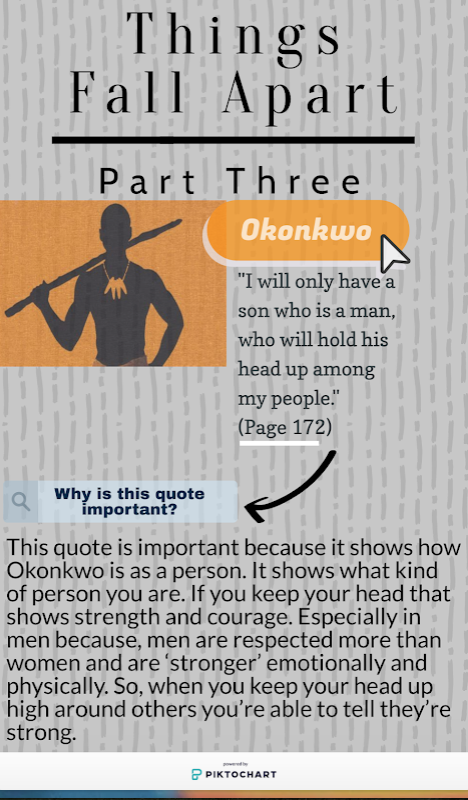Recently, the world of education has undergone drastic, unprecedented changes due to the COVID-19 crisis, and the Department of Education has responded accordingly. To get a closer look at the reality of online learning in the greater Providence community, we asked our current Master of Arts in Teaching students what their student teaching experience has been like.
Establishing a Routine
Many of our student teachers reported that they have leveraged technology to re-establish their classroom routine. Through online tools like Zoom and Google Classroom, our MATs have offered a sense of normalcy and stability to what can feel like a chaotic time for their students.
For Jeanelle Wheeler, an English MAT, routines can still be somewhat flexible. “I now see my job as providing some sense of stability and structure for students,” says Wheeler. “My class routine looks like putting all the work for the week in one document. They have a week to complete it so they can do it at their own pace, and there are links to videos and slides.”

“I hold three live classes days per week on Zoom (30 mins each), which I record, and post later on Google Classroom,” says Hannah Mintz, a Science MAT. “I also have been using the Pear Deck add-on for Google Slides to make my slides interactive.”
Others have practiced blended learning by allocating time for both asynchronous, or individual, work and synchronous, or whole-class, work. By balancing the two, our MATs ensure that students can still enjoy a rigorous, individualized classroom experience.
For Yamini Mandava, a Science MAT, online learning takes multiple formats. “My class has been meeting synchronously twice a week, collaborating on assignments once a week and working independently twice a week,” says Mandava.
Riley Shea, a History MAT, blends individual and whole-class instruction into his hour-long class periods. “A typical class consists of both synchronous and asynchronous components,” he says. “Synchronous class time includes check-ins, DTPs (mainly on the expectations of the lesson), and class discussion. Asynchronous class time includes students reading, writing, creating projects.”
Taking a Humanizing Approach
During distance learning, our MATs have also strived to take a humanizing approach to their work. For these teachers, it has been important to remember that their students are currently navigating an incredibly stressful, difficult situation.
“To ask them to commit 5-6 hours of work a day feels unreasonable and unempathetic to me!” says Yamini Mandava.“We know that many students and their families are intimately experiencing direct effects of this pandemic.”
“We have been allowing the first few minutes of class to chat about whatever is on the students' minds each day,” says Alicia Salisbury, a Science MAT. “Recently, we have also been working toward establishing a study-buddy program where students who feel really confident about a particular topic pair with those students who feel less confident about that topic to review the material together and support each other.”
“Overall, I miss my students,” says Jeanelle Wheeler. “But that's what makes small moments of hearing their voice and seeing their face be so exciting - I always tell them it brightens my day.”
Maintaining Classroom Community

During these uncertain and scary times, classroom community is more important than ever. Our MATs have worked to ensure that their online classes still provide a safe, supportive environment for students. This is especially important as many of our MATs are serving students whose families are directly impacted by COVID-19 pandemic.
Rachel Berger, an English MAT, uses technology to facilitate online community building. “All students are required to ‘check-in’ with me via email or Remind,” she says. “My students also participate in a FlipGrid Friday where they answer and respond to short video bursts of each other. My students love posting videos and sending ‘selfies’ of themselves to the class FlipGrid.”

Several MATs use Zoom office hours to connect with students. “Office hours I have dedicated to connect with students and talk with them,” says Toni Cox, a Science MAT. “If students have any questions after class, they are always able to come to office hours which I hold every day from 2-3 PM,” says Michelle Cruz, another Science MAT.
For other MATs, it’s the little things that help to maintain classroom community: “More talk beforehand, music on entry to set the mood. More side jokes on slide decks to gauge interest or attention,” says Ricardo Wemiz, a History MAT.
The COVID-19 crisis continues to present challenges for education, but teachers everywhere are rising to the occasion. Just like educators across the country, our MATs are doing their part to ensure that all students still have access to the education they need.